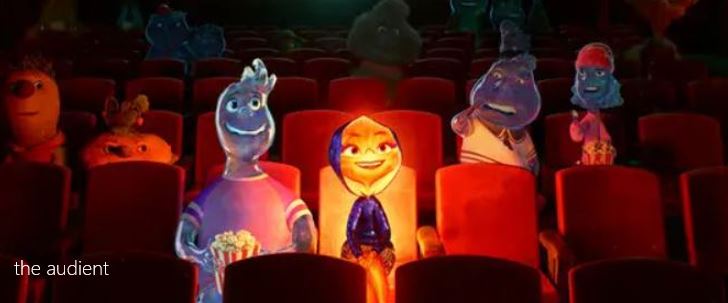Of the 25 movies I had watched in August -- 21 new, four rewatches -- 16 of them could be described as "obligations" in some sense of that word. I watched 12 movies at MIFF, and then I watched four others for various series I am doing on this blog and elsewhere. That's one each for my recurring bi-monthly series King Darren and Baz Jazz Hands, one for my monthly series Audient Classics, and one for my external series Flickchart Friends Favorites Fiesta, which is also monthly.
So fishing for something random to watch on the third-to-last day of the month, I came across something that had a lot more relevance to me than I would have ever expected.
Netflix was the streamer of choice that night, and after a fair bit of scrolling and mentally noting a couple of reasonable contenders, I decided on Jean-Marc Vallee's The Young Victoria. Having recently watched so many new releases via MIFF, I didn't want to just find the next up 2023 movie I needed to see, and a movie from 2009 fit the bill quite nicely.
I was going along fine with it, feeling somewhat indifferent toward it despite my stated affection for its star (Emily Blunt), until I realized a couple ways it added context to things relevant to my life.
The first thing I noticed was what an interesting companion piece it made to the Netflix series The Crown (which could be one of the reasons they are streaming it, to capture the same audience). We've been watching The Crown in my household from the start, though my wife gave up on it when she decided she didn't need to relive the woe and misery of Princess Diana. I stuck with it and I actually found this past season to be one of its most compelling.
The thing that really interested me about The Young Victoria in relationship to The Crown, though, was not the fact that the woman who was the longest reigning monarch before Elizabeth gets mentioned from time to time on the show, she being Elizabeth's great-great-grandmother. No, it was the fact that some of the traditions we see on The Crown -- in fact, one of the show's most commonly recurring sequences throughout the series history -- was pioneered in Victoria's time if not earlier.
There's a scene in The Young Victoria when Victoria, newly crowned, has a meeting with the then-prime minister, whose name I am not going to look up right now. (The internet tells me there were 33 prime ministers during her reign, which seems like a lot, even for 63 years.) It had the same familiar aspects of the scene we see so many times in The Crown, when Elizabeth sits down with Winston Churchill or Margaret Thatcher or John Major, and the PM has to participate in the customary signs of deference to her majesty. There was almost a sense of deja vu watching this scene.
Then the character played by Paul Bettany also had relevance. Bettany plays Lord Melbourne, one of Victoria's most trusted advisors, who himself served a stint as prime minister during her reign -- and who, you might have guessed, is the namesake for the very city in which I live. (He didn't seem like such an exceptional fellow in this film, though we could probably say that about a lot of people who had cities named after them.) Interestingly, the naming of our fair city predates the beginning of Victoria's reign by about two months, as both things occurred in the first half of 1837.
Then of course Victoria herself gives her name to the state where I live, of which Melbourne is the capital. If watching Australia was somehow appropriate to mark ten years living in Australia, then so, in a way, was this.
A last thing that sent me to the internets during the movie was the name of Victoria's husband, Prince Albert, who was also her cousin, played by Rupert Friend. I don't know much about him, but I have heard that joke "Do you have Prince Albert in a can? Well then you better let him out!" Yes indeed that joke is based on this man, and the play on words comes from the fact that Prince Albert also had a tobacco named after him.
Okay, on to my September viewing obligations.


No comments:
Post a Comment